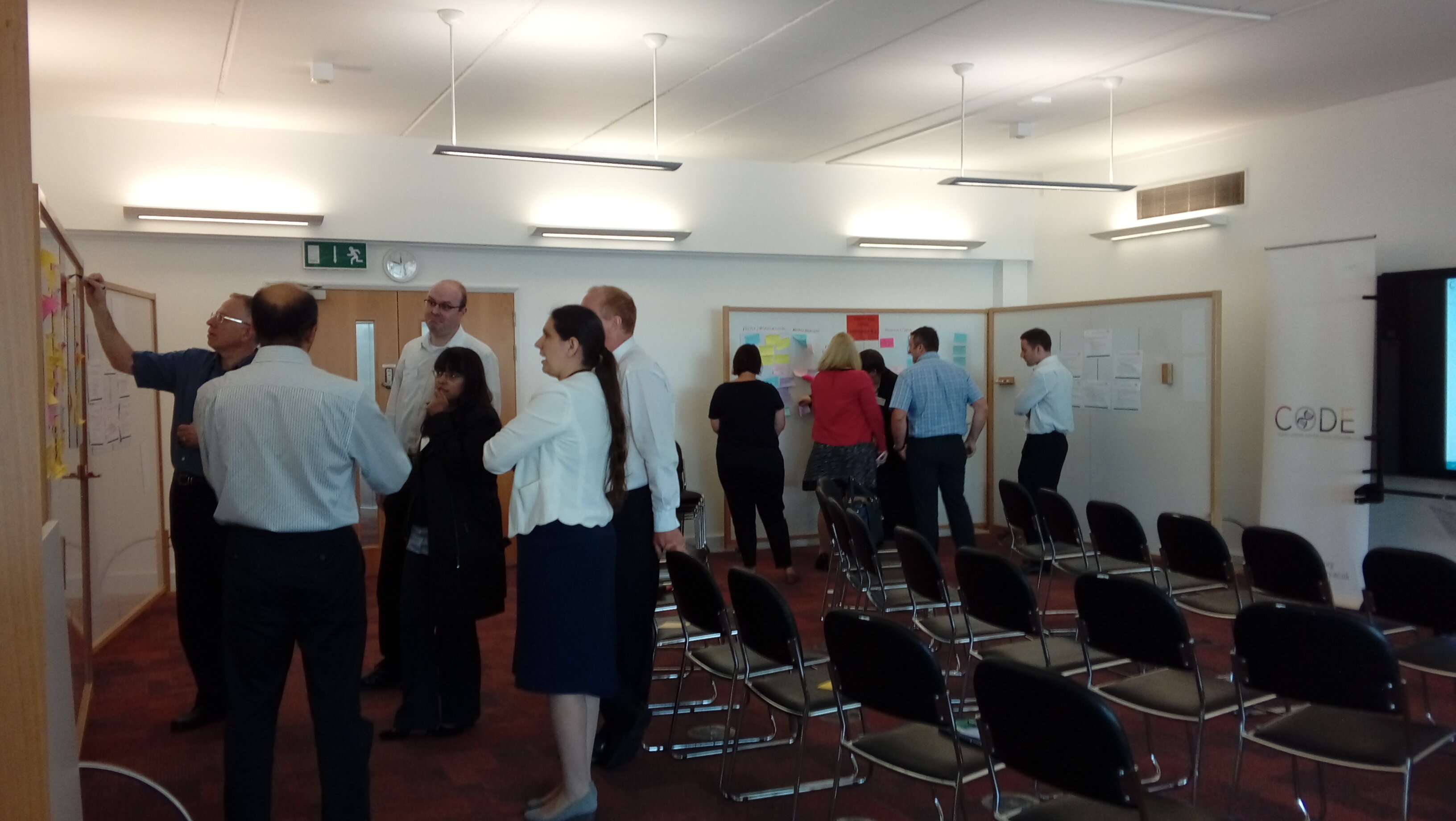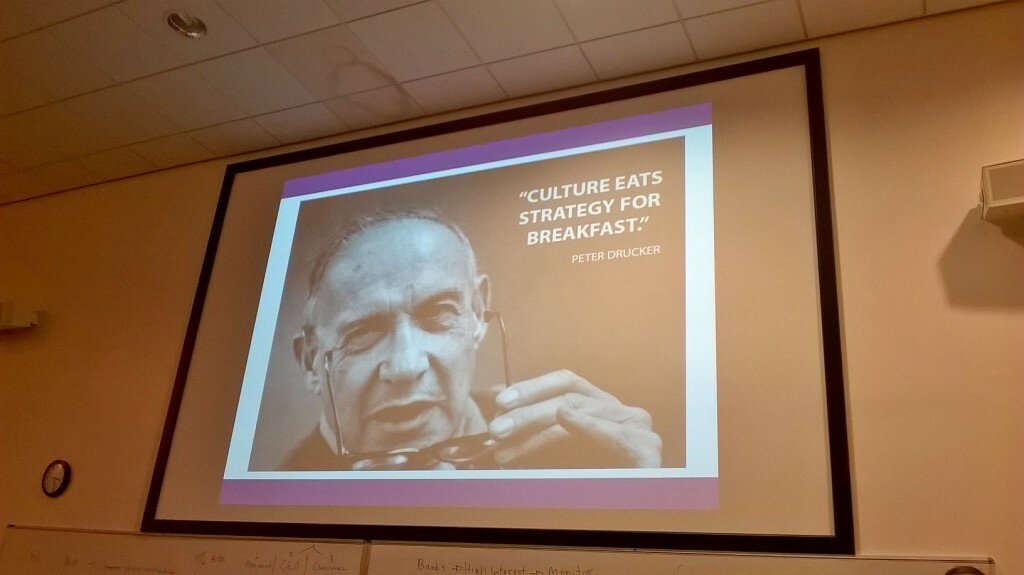CoDE just attended a talk on ‘Transformation in Infrastructure: Digital and Smart Infrastructure’ by , Group Technical Director at Mott MacDonald. This is particularly interesting for CoDE because of the implications for enterprise education, new models for the design and delivery of large infrastructure projects (e.g. roads, airports, hospitals, oil rigs), and research.
Mark reports that the digital revolution has been slow to reach the Infrastructure sector. Why? Well, if you consider that it takes 20 years to get a big infrastructure project up and running, you’ll see that steel and concrete move at a different pace from the rest of the world. Especially when the rest of the world has become a blur, thanks to what Mark refers to as the ‘digital abundance’ that has rendered data accessible and cheap at an unprecedented scale.
But – the revolution is coming to Infrastructure. What will it look like? And who will be the first against the wall?
Output versus Outcome
In a potted history of the sector, Mark explained that it’s only politically stable countries that are able to provide the environment for infrastructure to grow; this is because law, and the rule of law, enables the contract law that leads to infrastructure projects being possible.
There is presently £350b of constructed water infrastructure in the UK, and we add £1.8b annually; we have effectively reached ‘infrastructure maturity’. In view of this, Mark is calling for and indeed predicting a change of thinking in this sector to maximising the use of infrastructure, so that the sector no longer measures just in outputs (built projects) but redefines value as the end user and the ‘whole-life pound’. In other words, the value shifts from the immediate client to the ultimate customer for as long as the asset is in use, and asset management becomes an industry in itself.
In effect, it’s the re-invention of the whole industry.
Information is Value
According to Mark, it’s time to recognise information as value, as a resource, and to transform the delivery process accordingly. He explained, ‘Traditionally, important information is lost at handover between design and construction – so, value is lost. It’s time to integrate the entire process, construction and infrastructure, the Built and the Digital.’ Redefining value as ‘outcome per whole-life pound’ and factoring in operational maintenance allows the sector to unlock digital solutions.
The result: ‘Smart Infrastructure’ – where Built meets Digital – and suddenly, the 4th Industrial Revolution has come home to roost for the infrastructure business, leading to the widespread deployment of cyber-physical systems, here as elsewhere.
‘Right now, this doesn’t happen in infrastructure anywhere in the world,’ Mark asserted. ‘But when it happens, the change will be exponential.’
CoDE is already involved with some key players in the infrastructure domain, and we’re making academic research relevant to their challenges right now, and in the future. If you’d like to get in on the ground floor of infrastructure transformation, please get in touch.

Dr Ben Shenoy (L) in conversation with Mark Enzer






